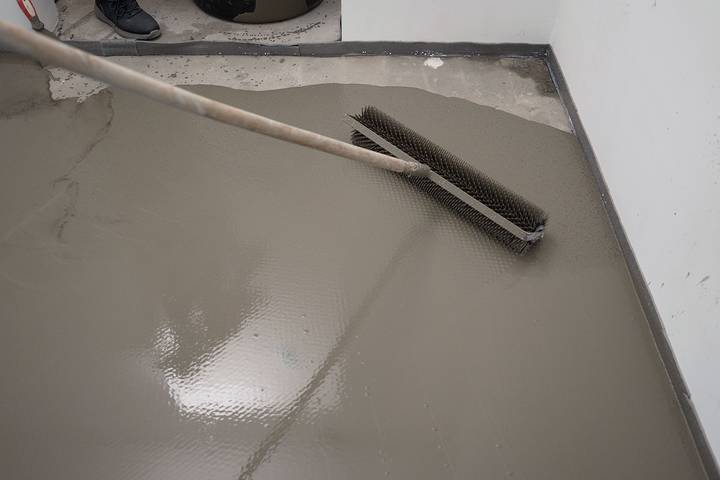
Polished vs Sealed Concrete Floors
There is a wide variety of options for finishing your floors in a home or business, and it may depend on design taste and budget. Among the choices is to keep your concrete floors bare and finish them. This is a common practice for commercial and industrial floors but is becoming a hot trend in business and residential applications.
To protect the concrete floor, you must decide whether to polish or seal it. Polished concrete flooring may sound similar to its sealed counterpart. However, each involves alternate applications that are impressive. Sound confusing? It doesn’t have to be.
Let’s learn the difference between polished and sealed concrete floors.
Concrete Floors
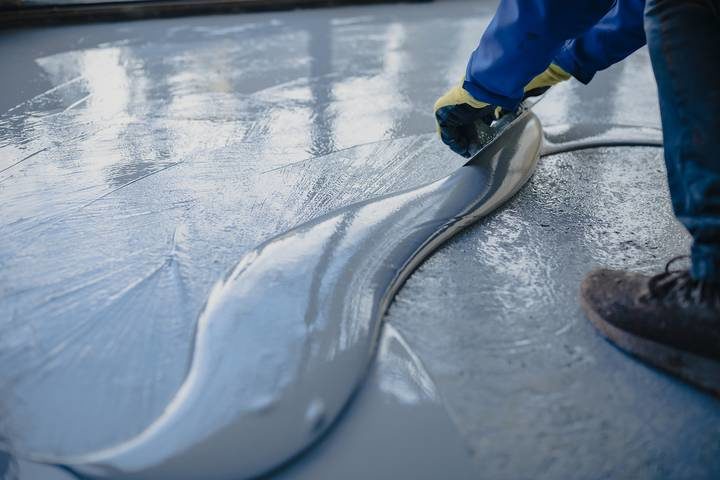
Concrete is a durable surface made of cement, aggregate and water, and as the cement and water form a paste, it adheres to the sand and stone to create concrete. This solid material can be left natural for an industrial look or coloured and stained for a more modern feel, and you can also finish it, ranging from matte to glossy. It will stand the test of time, and down the road, if you want to put down wood flooring or carpet, you just go over the top without having to strip away anything.
As beautiful as concrete is, you need to put a finishing on it so it holds up to traffic and spills. And because concrete is porous, it needs to be chemically protected. Polished and sealed concrete floors look similar, but the process to get there is much different.
Floor Prep
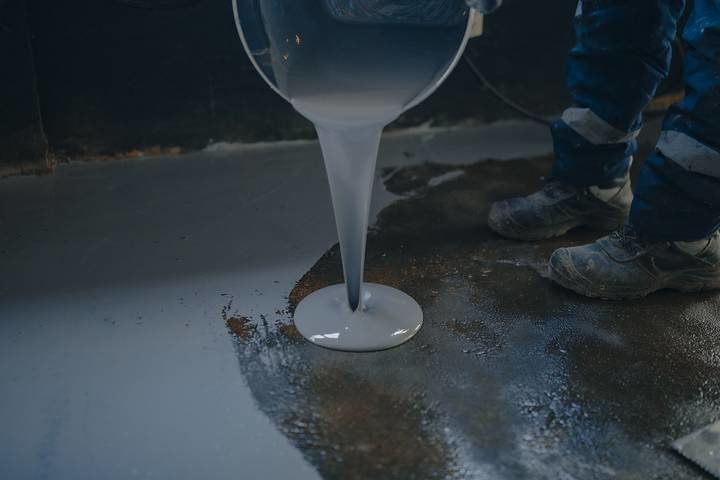
Whether polishing or sealing, your concrete floor must be prepped and ready for both. This is an easy process of cleaning that doesn’t take much time.
Start by removing all material and debris from the surface and give it a throughout sweep. Next, you should mop it to remove all the dust and allow it to fully dry. Inspect the concrete for any cracks or chips and make repairs to the surface. A final cleanup, and you should be good to go.
Polished Floors
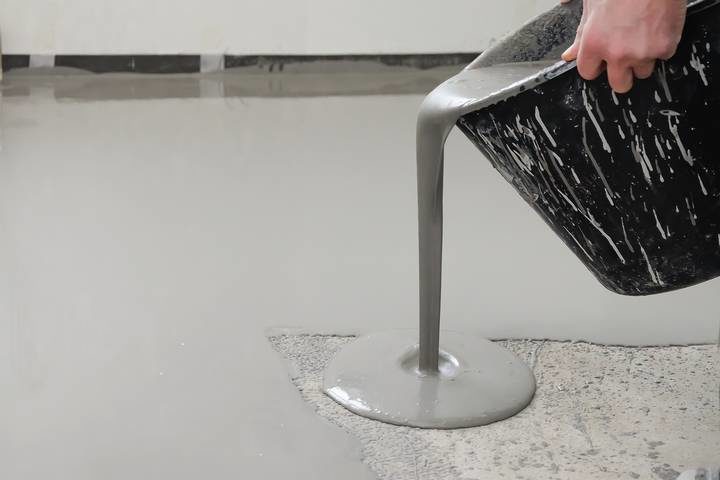
A polished concrete floor goes through many stages to get to its finished state. This is a mechanical process using grinding tools to take off a fine layer of concrete with varying grits of diamond sanders to achieve the desired finish you are looking after. A densifier is applied to the concrete during the grinding stage, and this hardens the concrete using a chemical reaction to seal the surface and fill in any voids in the concrete.
As you use finer sanding grits, the concrete becomes more and more polished, and you can go for a matte finish to a high-gloss. Stains and colouring are also applied if desired, and this, too, can be hardened into the concrete through densification. There is no film left over but rather a polished surface honed to achieve the desired level of consistency and reflectivity.
Sealed Floors
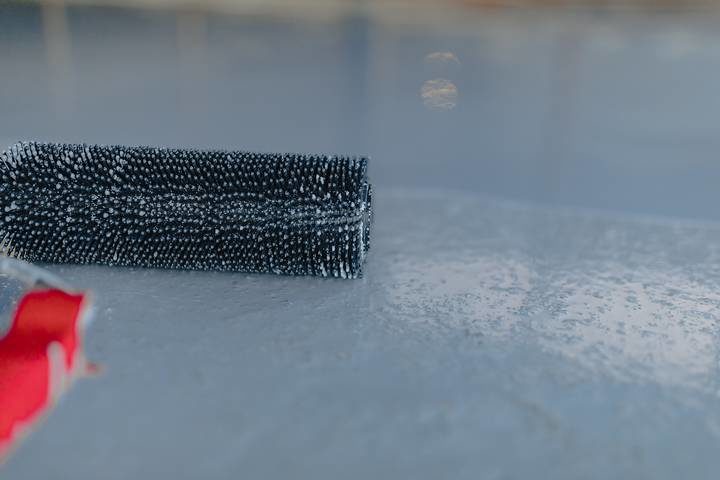
Sealed floors are a cheaper and faster solution that usually requires no grinding. You will need to prep your floor, which is a paint-on application. Typically, you will do two coats; if you want any colour or stain, it will go on first. Allow the sealant to dry between coats and roll on the second coat in the opposite direction for perfect coverage.
This product goes onto the top of the concrete rather than soaks into it, so you will gain a protective layer immediately. If desired, you can get a high gloss finish, which will look great immediately. With a sealed concrete floor, the coating will wear over time, especially in high-traffic areas of the house or office, so you must reapply every 2-5 years.
Cost
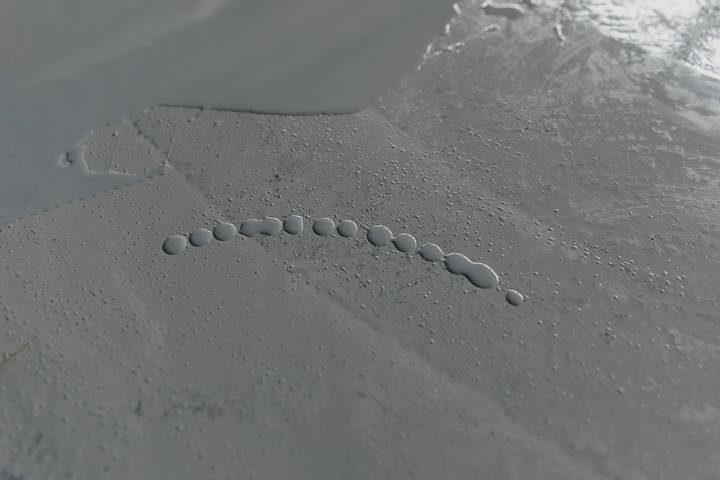
With both types of concrete finishing, there is an associated cost, so you can hire a professional company to do it for you, or if you are a handy DIY person, take on the project yourself. With sealed floors, the upfront costs are cheaper.
Over the long term, however, it will cost you more to reapply the sealant so you don’t damage your floors, and the added labour may be a turn off. Polished floors don’t have that problem. It will cost more for the process, mainly because of the multiple steps, but then you are left with a finish that will last for 20 years or more. Sealed floors may require reapplication in a few years.
These are your options for polished vs sealed concrete floors. The choice is yours, and you may want to opt for a cheaper application and deal with it again down the road if necessary. With the polished floor, you have invested in your floors that will pay off for a long time. Ultimately, whatever finish you pick, you will enjoy the fruits of your labour with every step you take.
